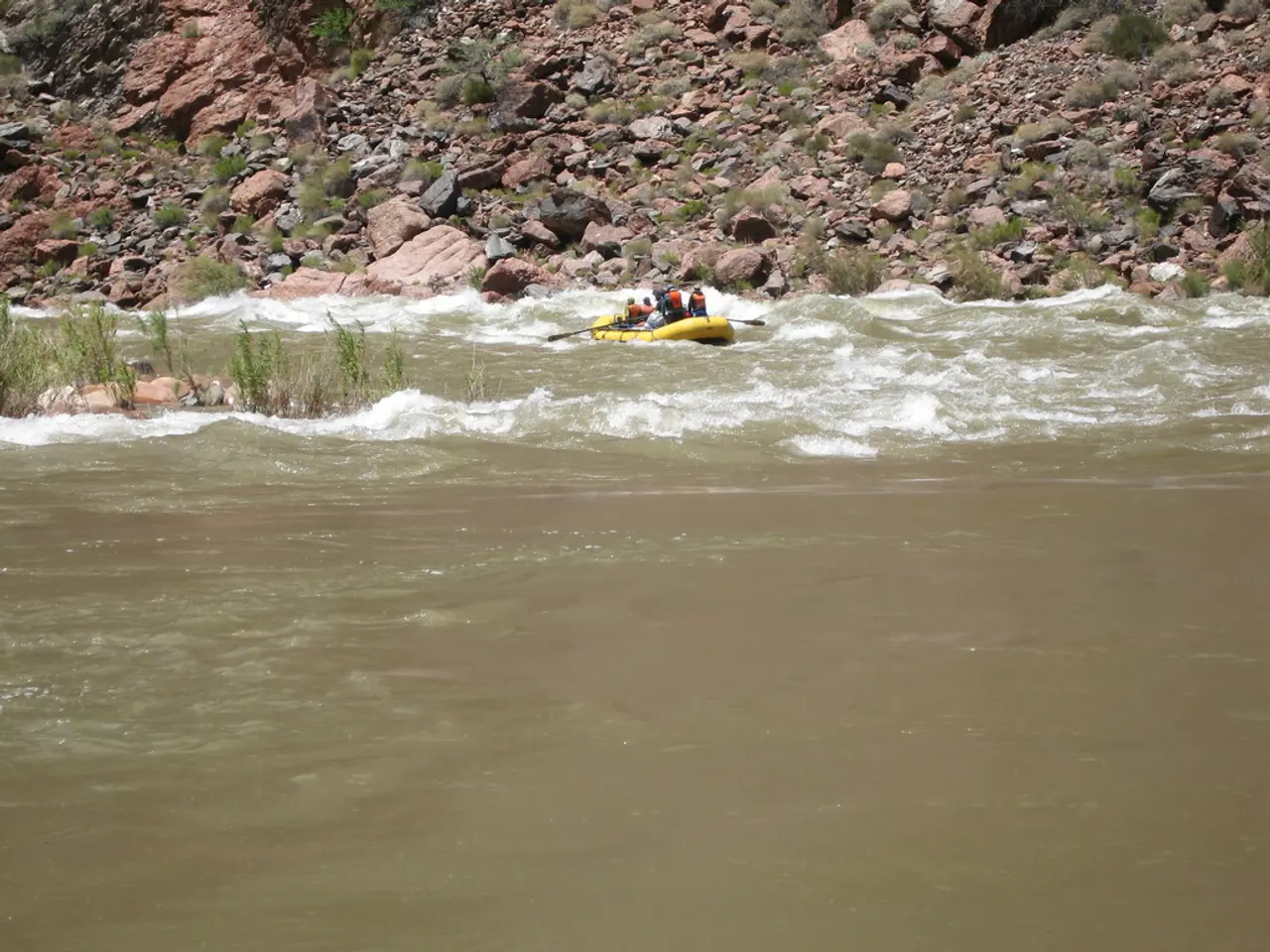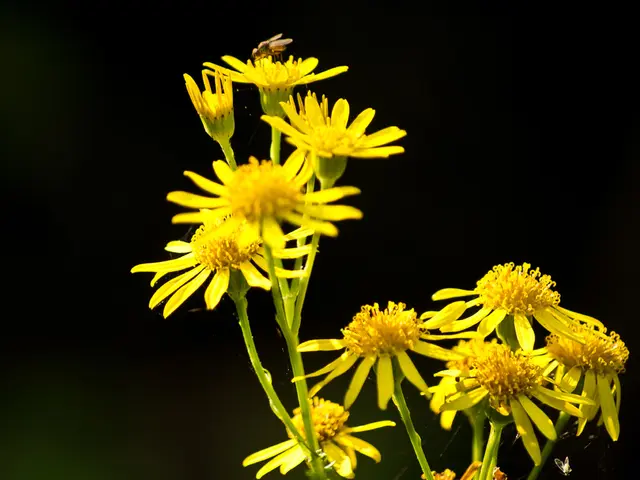Salt Marshes: Cultural Treasures Under Threat
Salt marshes along the Atlantic coast of North America are not just ecological wonders, but also hold immense cultural significance. They have shaped the lives and identities of coastal communities for generations, particularly for the Gullah/Geechee people and indigenous communities. However, these vital ecosystems face numerous threats, from sea level rise to development. To truly preserve them, it's crucial to listen to the land, the water, and the people whose lives are intertwined with both.
Salt marshes have long been vital to coastal economies, with fishing families depending on them for subsistence. However, colonization led to marshes being altered for economic needs, a pattern that continues today. Now, salt marsh communities face growing peril from sea level rise, intense storms, development, and regulations that limit access. Efforts to revitalize both marsh ecosystems and cultural traditions have gained momentum. Community-led conservation initiatives and ecotourism projects aim to preserve these ecosystems while also benefiting local communities economically and culturally.
Initiatives include ecotourism projects, such as guided walks and wildlife observation tours, which not only educate visitors about the importance of salt marshes but also support the local economy. Educational programs focus on the environmental and cultural significance of salt marshes, while collaborations with local organizations work towards restoring and protecting these ecosystems through sustainable practices. Cultural events and festivals held in salt marsh regions attract tourists and foster understanding of their historical and cultural importance. Research and monitoring projects help understand the impacts of environmental changes and develop effective protection strategies. Specific projects include marsh restoration initiatives, biodiversity promotion, and training local guides to educate visitors about the cultural and ecological significance of these regions.
Salt marshes are more than just ecological features; they are living, breathing symbols of cultural heritage and identity. By preserving them, we protect a way of life, a sense of place, and the wisdom of those who have long understood how to live in balance with the tide. Community-led conservation efforts, ecotourism, and cultural events are not just preserving salt marshes; they are also fostering a deeper appreciation for these vital ecosystems and the communities that depend on them.






